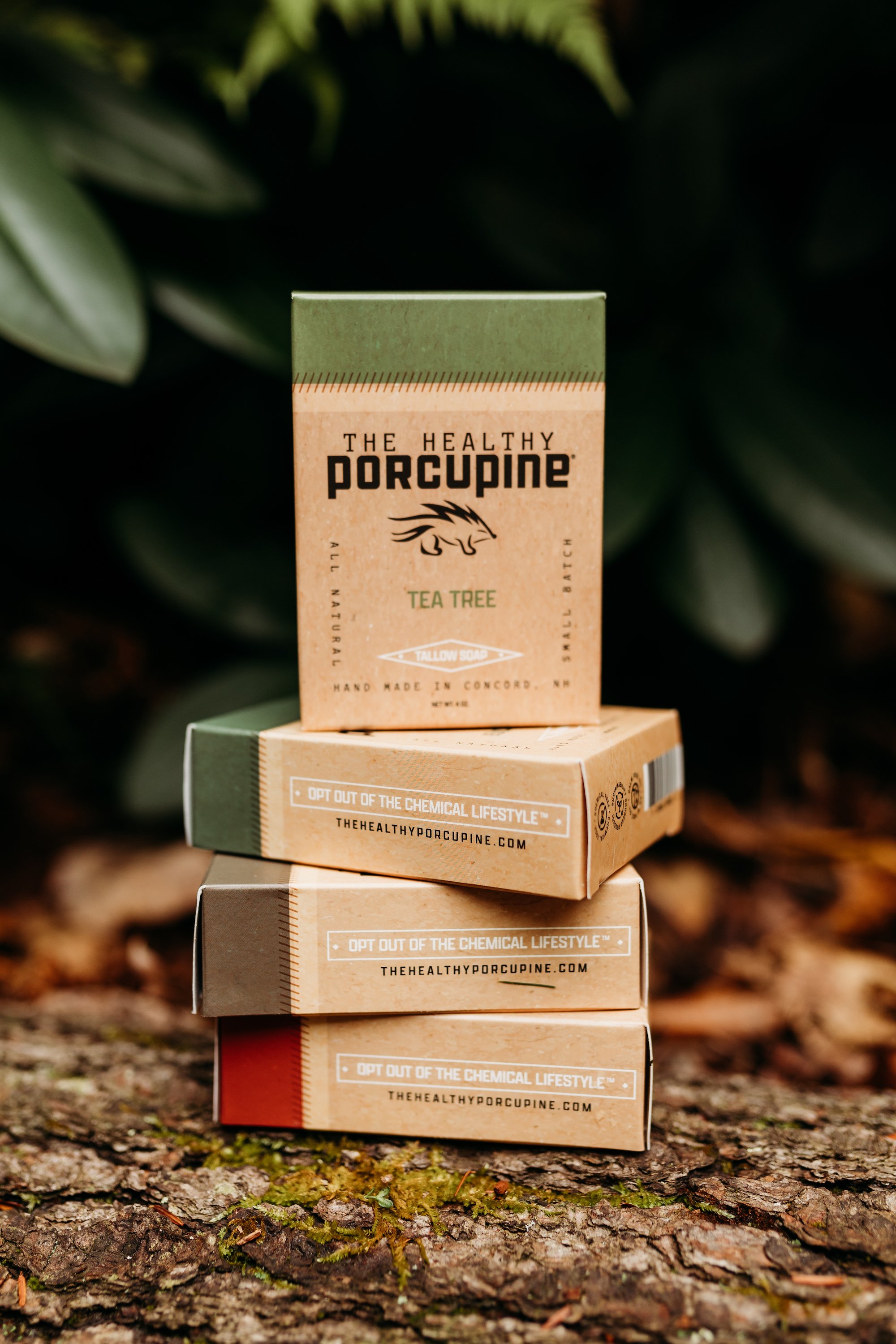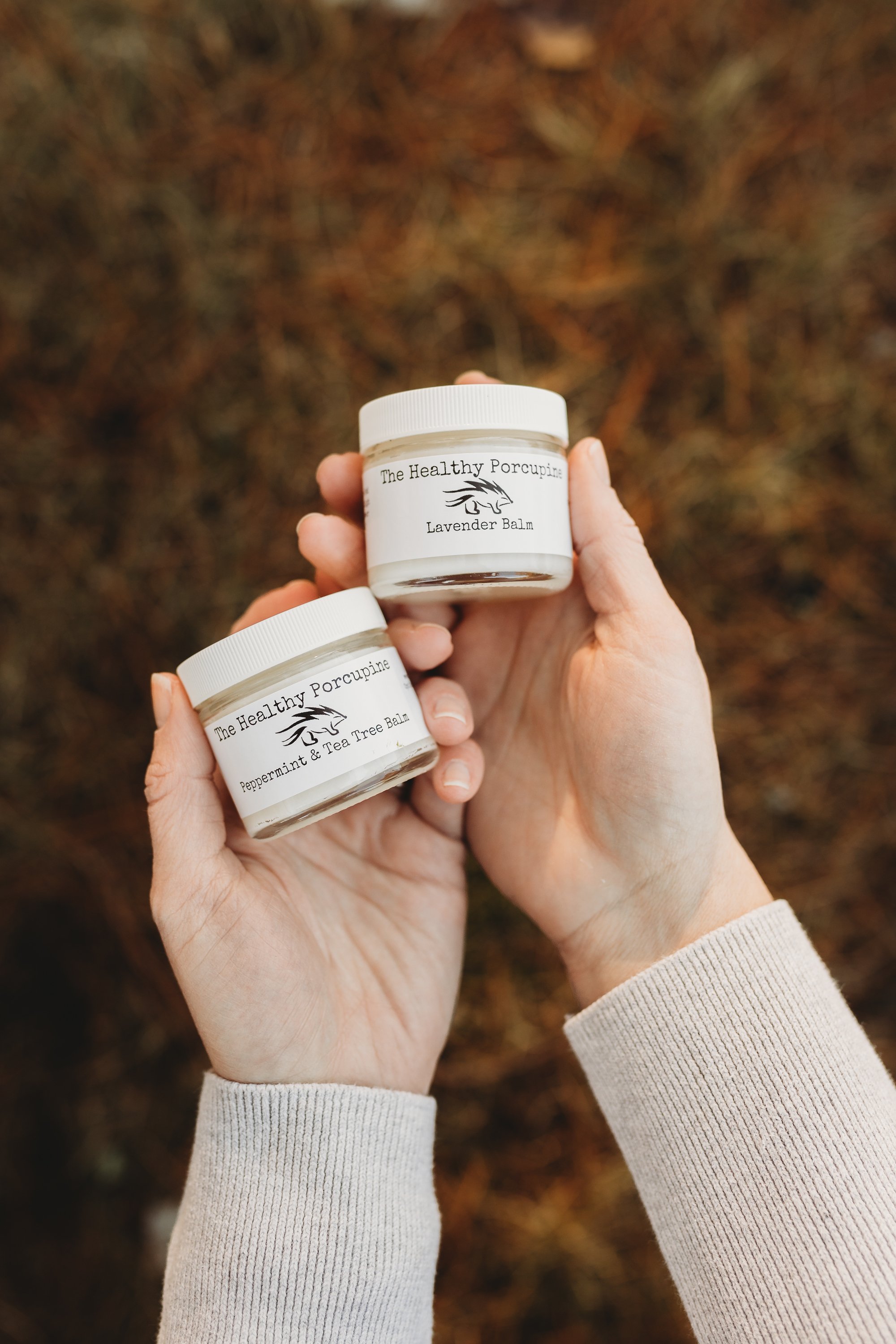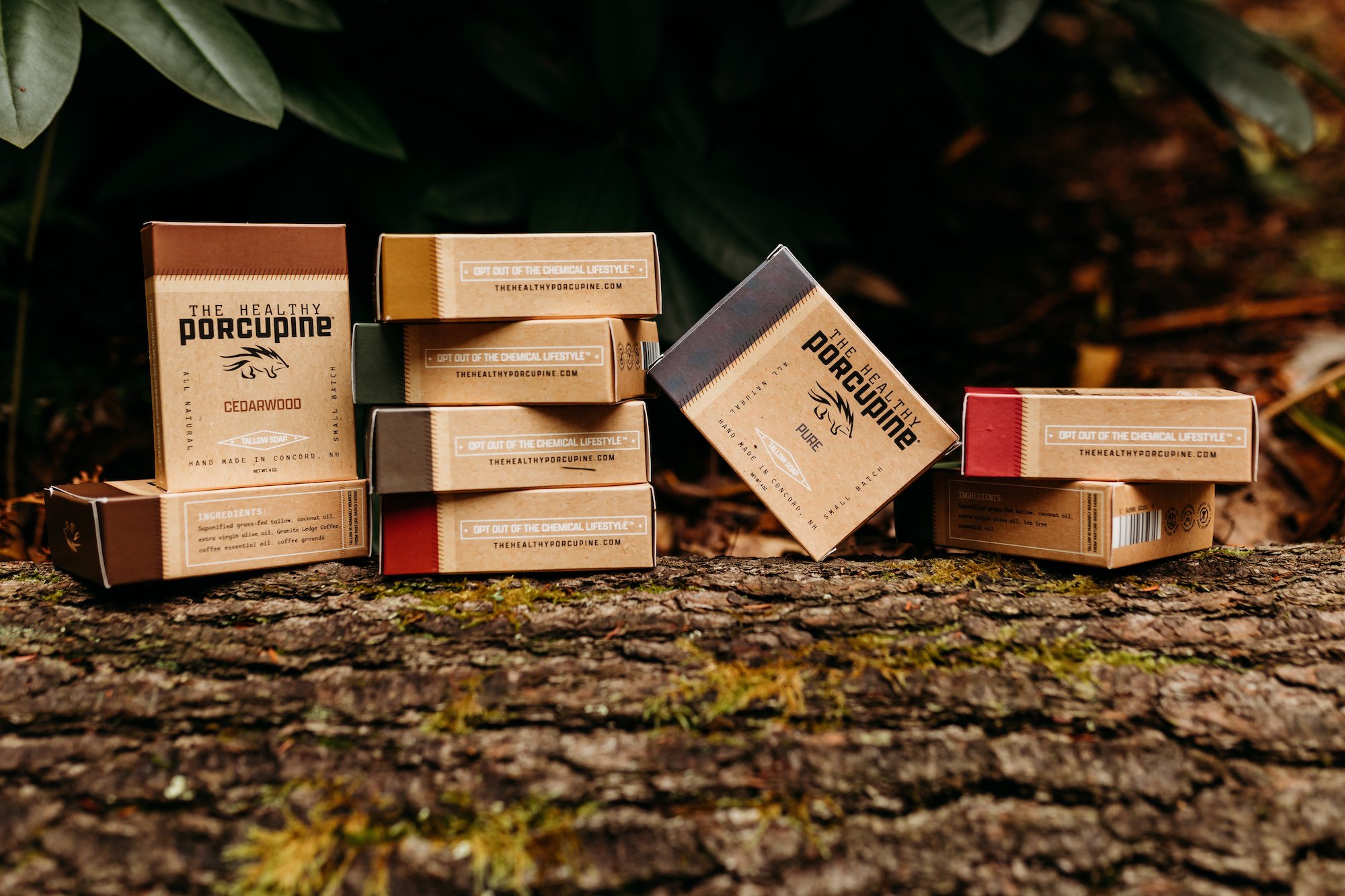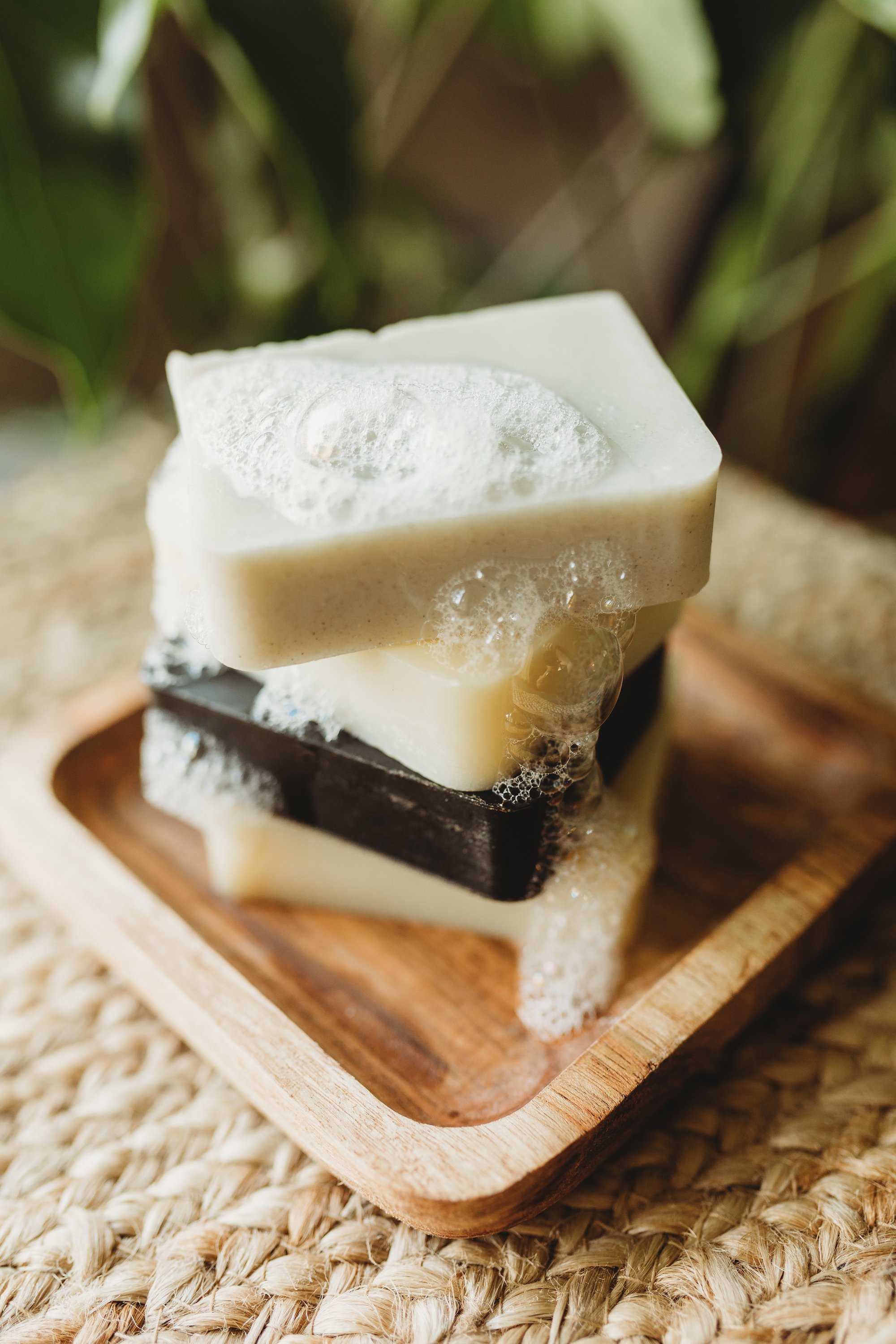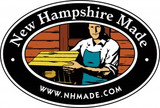In a world of synthetic skincare solutions, it’s easy to forget that some of the most powerful remedies come straight from nature. Tallow has been used for centuries to protect and nourish the skin. Today, it’s making a well-deserved viral comeback for its renowned, natural abilities to soothe and refresh your skin. But it does so much more than just clean and refresh. Tallow is also known for calming the symptoms of common skin conditions. You might be wondering, what can it help with? Well, let’s take a closer look.
Dry, Flaky Skin
Tallow is rich in fat-soluble vitamins A, D, E, and K and closely resembles the composition of our skin’s sebum. This means it absorbs quickly, helping to restore moisture and create a protective barrier without clogging pores. Both tallow soap and balm soothe dry patches, reduce flakiness, and support long-lasting relief.
Eczema and Psoriasis
Inflammatory skin conditions like eczema and psoriasis often involve a compromised skin barrier. Tallow’s naturally calming properties and bioavailable nutrients help reinforce the skin’s structure, ease redness, and relieve irritated areas. Tallow balm, in particular, can be applied directly to these spots to support skin resilience and reduce discomfort.
Acne-Prone Skin
Using a fat-based product on acne-prone skin might sound counterintuitive, but tallow is non-comedogenic—meaning it doesn’t clog pores. Unlike harsh cleansers that strip the skin and trigger more oil production, tallow soap gently cleanses without disrupting the skin’s natural balance. Meanwhile, a light layer of balm can calm inflamed areas and support clearer-looking skin over time.
Rashes and Skin Sensitivities
Tallow is free of synthetic fragrances, preservatives, and allergens often found in commercial skincare products. Its gentle, natural composition makes it ideal for people with sensitive skin or those prone to rashes. Whether caused by heat, allergies, or irritation, tallow balm can help soothe discomfort and support the skin’s return to balance.
Cracked Heels, Elbows, and Hands
The thick, nourishing texture of tallow balm makes it an excellent treatment for tough, dry spots—especially in colder months or after frequent hand washing. Its ability to penetrate deeply and restore suppleness makes it a go-to remedy for cracked heels, rough elbows, and overworked hands.
Minor Burns and Scrapes
With its naturally occurring anti-inflammatory and antimicrobial properties, tallow balm can be a gentle part of your daily care routine. It helps ease discomfort from minor skin issues and supports the skin as it works to restore itself over time.
Tallow soap and balm are more than just simple skincare products—they’re reliable tools for supporting your skin in the most natural way possible. Whether you’re navigating chronic skin concerns or just looking for a cleaner, simpler way to care for your body, tallow offers comfort and nourishment your skin can recognize and welcome.


















